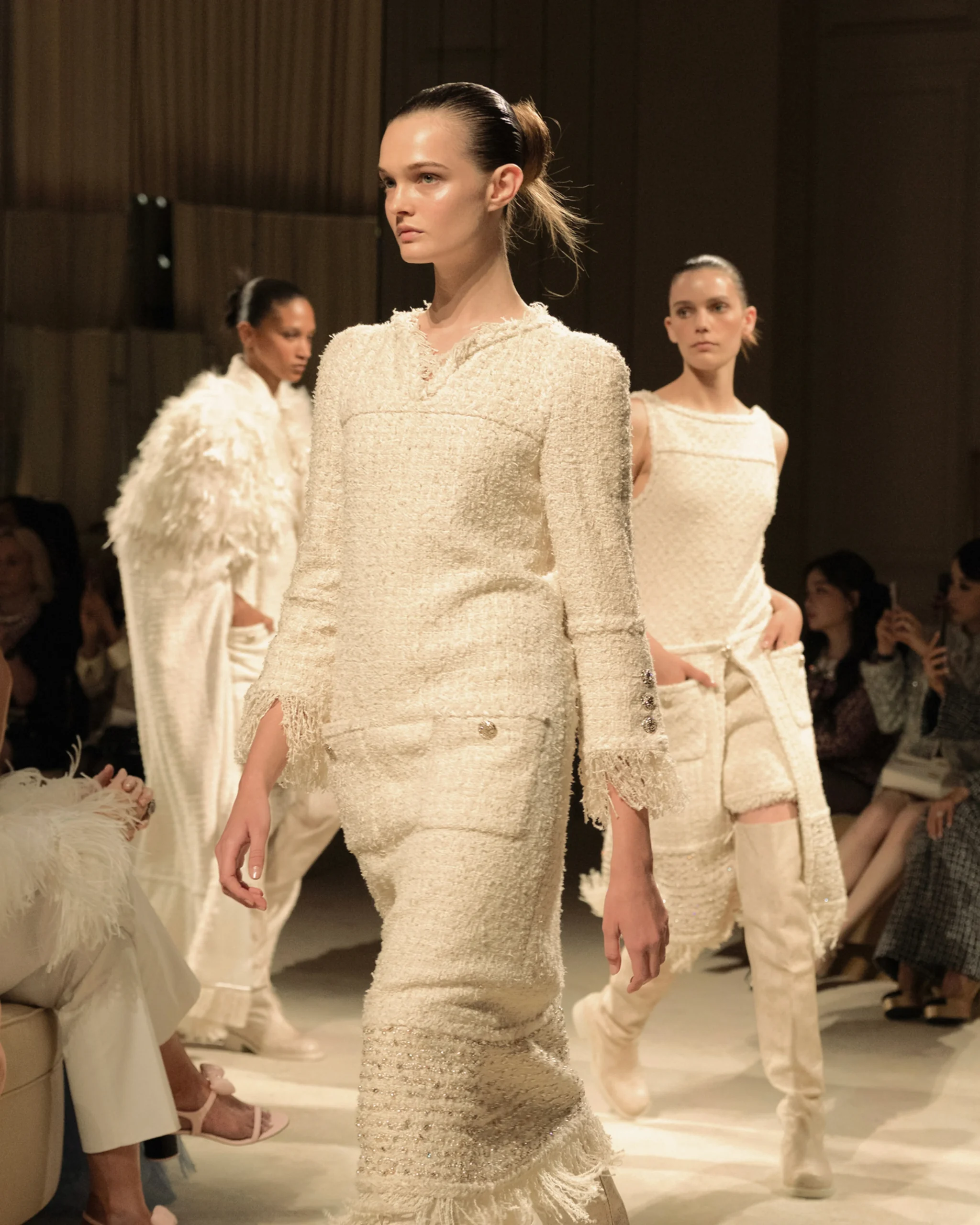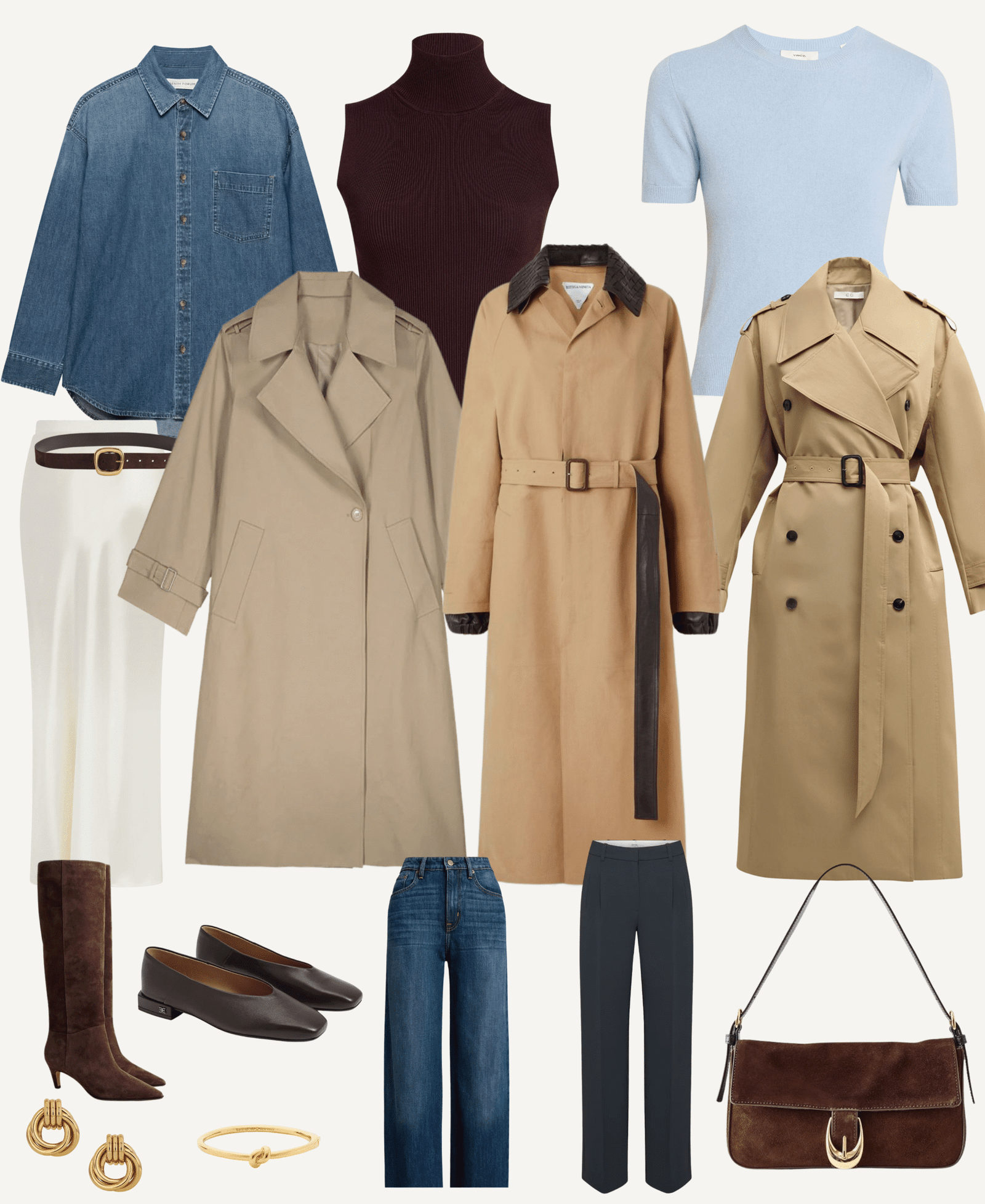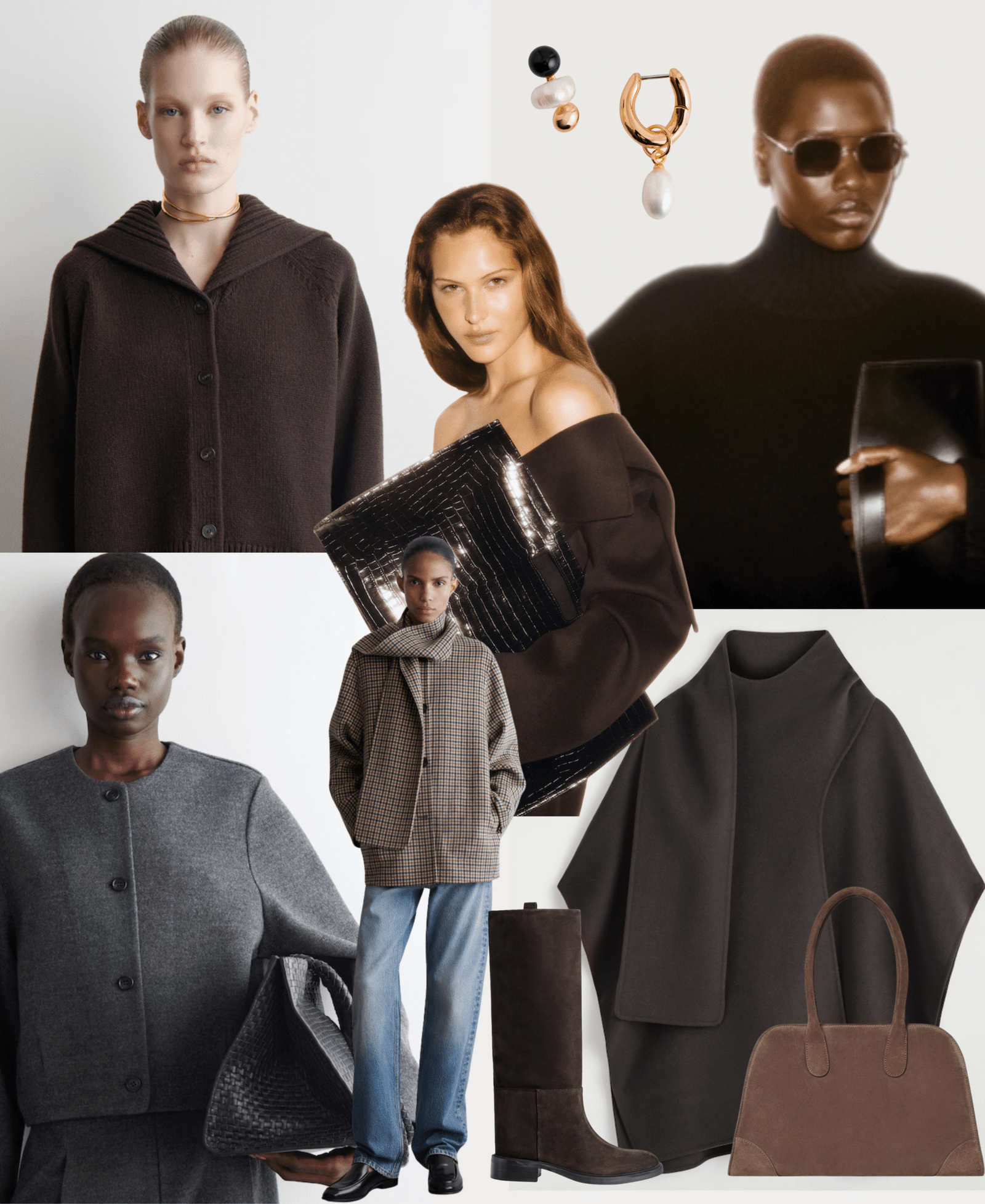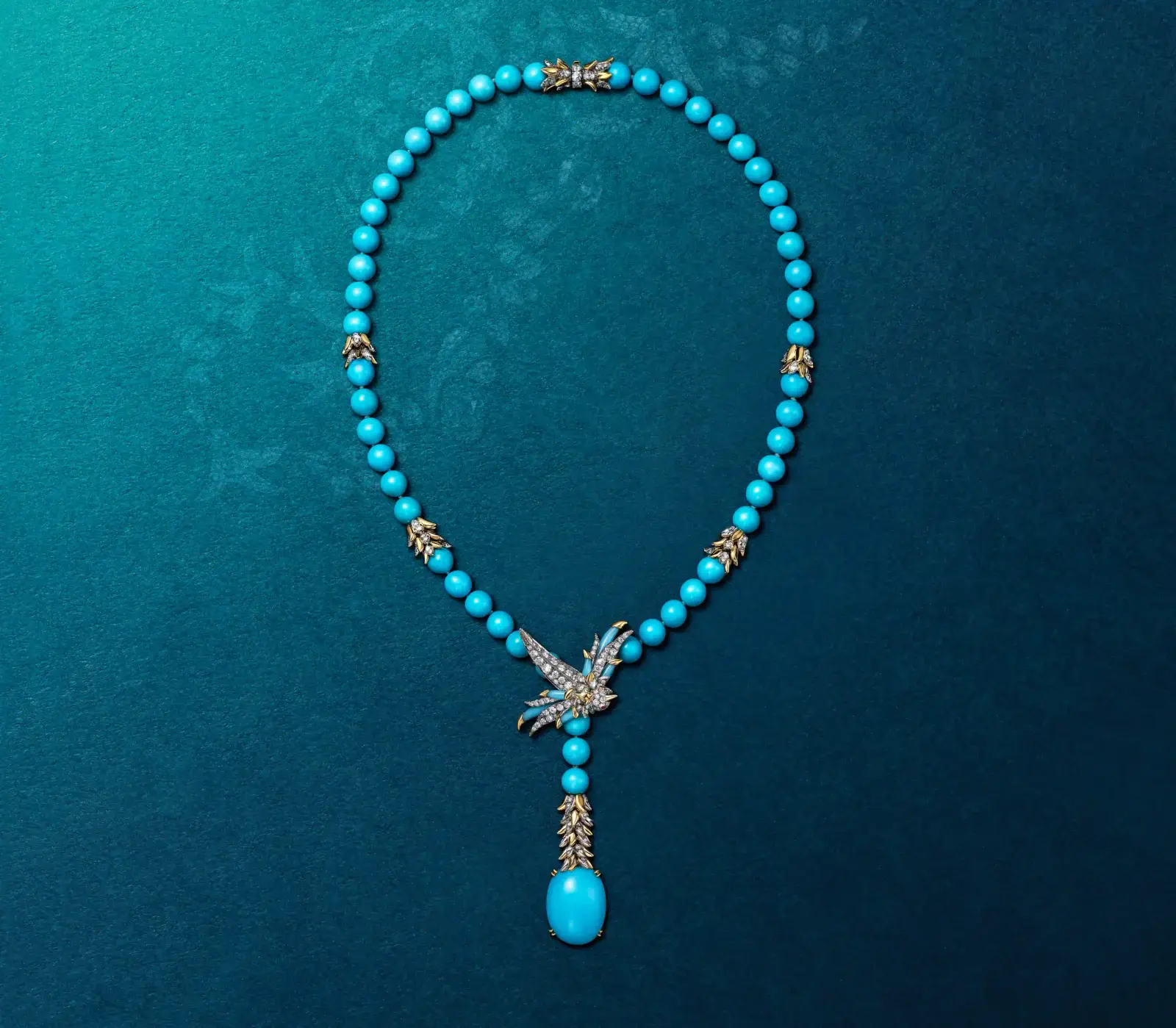Chanel’s Fall-Winter 2025/26 Haute Couture show arrived with high expectations, staged at the Grand Palais with a nod to 31 Rue Cambon. Instead of over-the-top theatrics, the house offered a collection that felt edited, precise, and deeply focused on craftsmanship. This was the last haute couture outing by the in-house studio before Matthieu Blazy takes the reins, so the collection carried a sense of closing one chapter while staying rooted in codes that define the brand.
The mood of the collection was pared back. Neutral tones dominated—ecru, brown, black, green, with the occasional shimmer woven into tweeds. CHANEL leaned into textures and small details rather than volume. It was less about producing Instagram-ready drama and more about reminding the audience that couture at its best is about construction and finishing. That doesn’t mean it was dull, on the contrary, the restraint made the standouts even sharper.
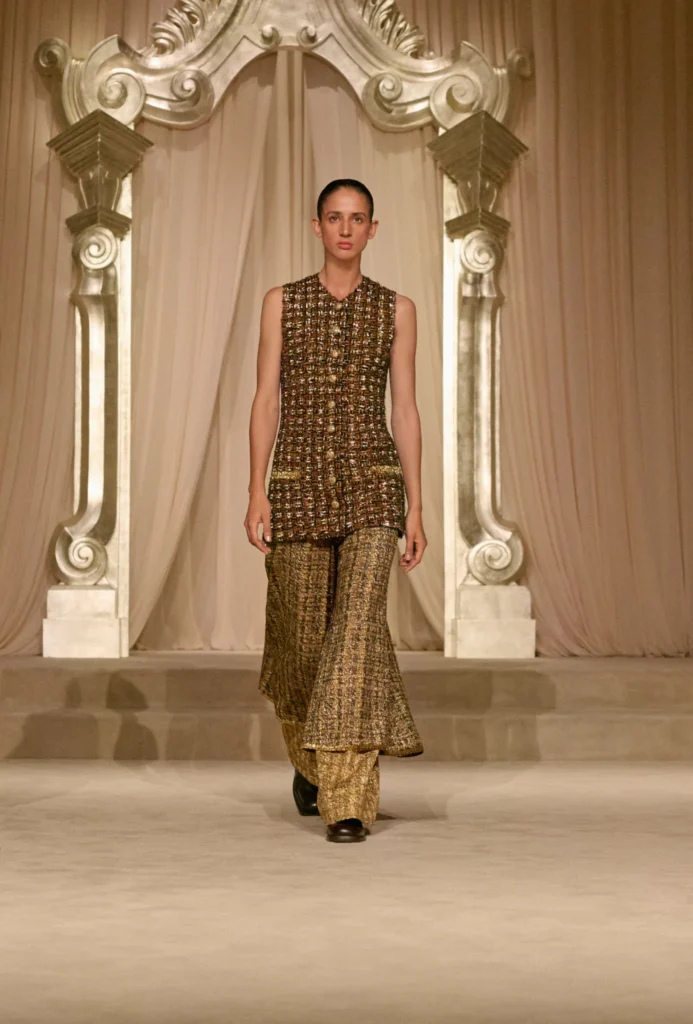
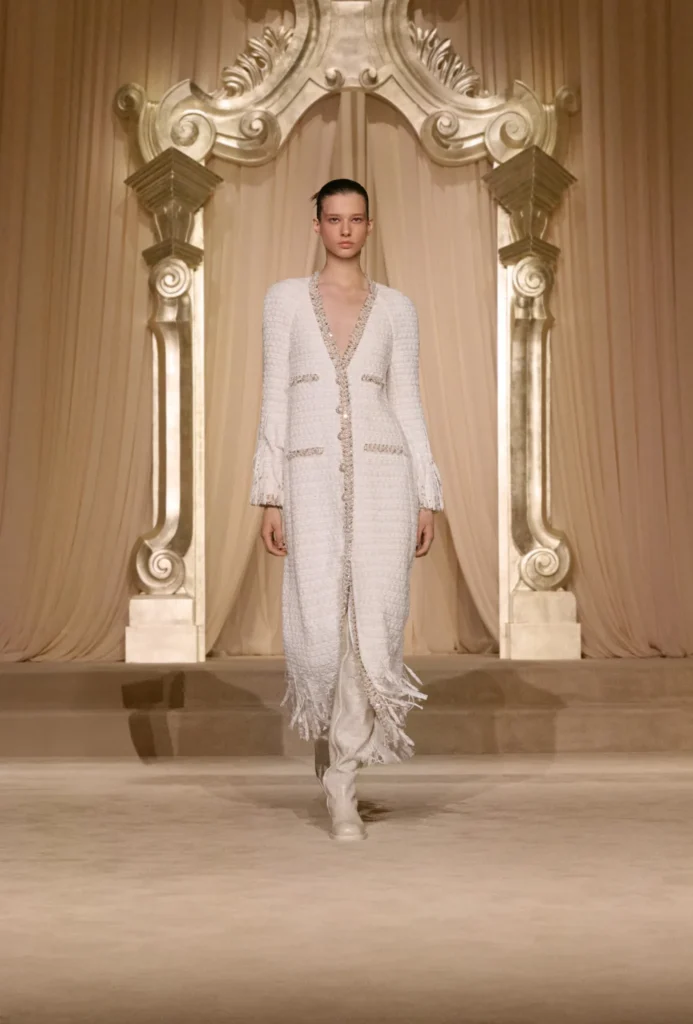
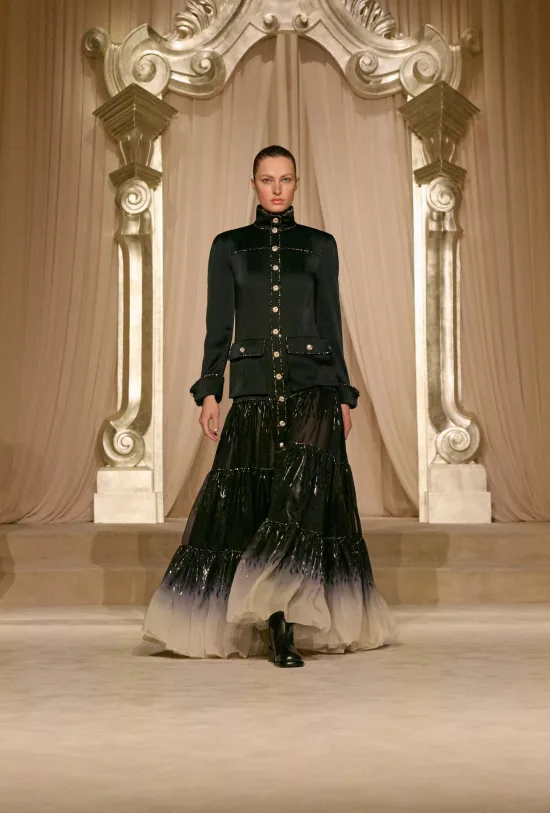
One of the strongest looks was a long tweed coat embroidered with wheat motifs. It wasn’t loud, but the subtle embroidery worked as a house signature, referencing Coco Chanel’s own attachment to wheat as a symbol of prosperity. The piece showed how heritage can be reintroduced without feeling dated.
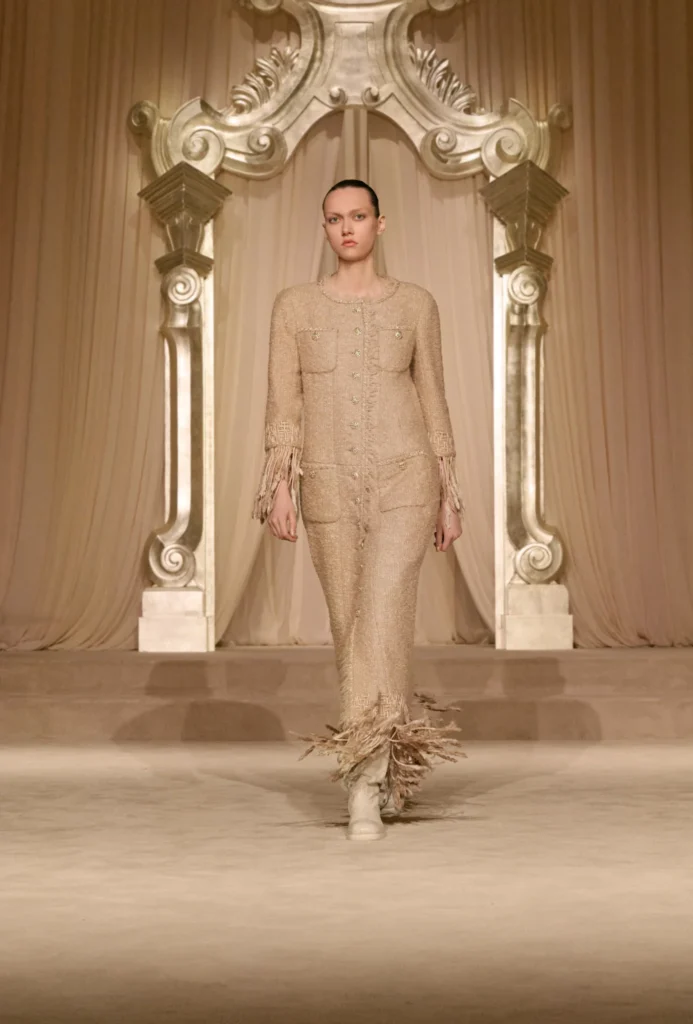
There were also several plays on organza and sheer layering. A standout was a sheer organza dress with a structured bodice underneath. What made it effective was the balance of control and lightness; it was couture that looked wearable, even modern. This duality showed up in other looks too, for instance a tweed jackets styled over chiffon skirts, structured dresses revealing sheer underlayers. The house clearly wanted to show how far tweed, a fabric long tied to CHANEL, could be pushed into new territory.
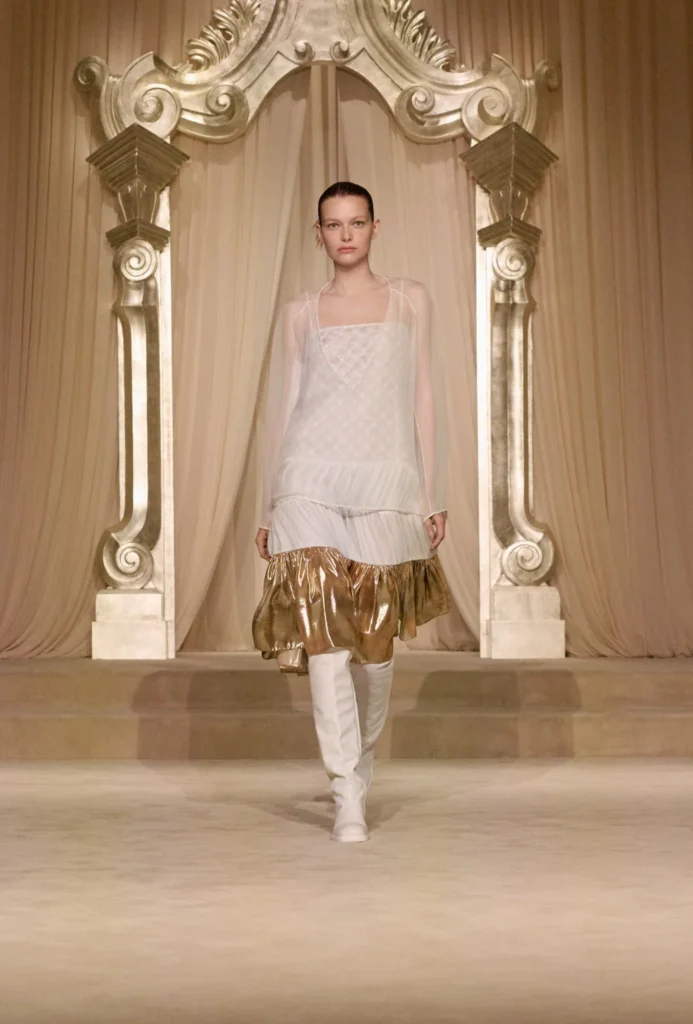
Feather detailing was another through line. It appeared on sleeves and hems, never overwhelming the garment but giving just enough softness to offset the structured tailoring. Feathers in couture can easily slip into excess, but here they worked as accents.
The finale look was a white bridal gown embroidered with sequins and paired with a wheat bouquet instead of flowers. Symbolically, it tied the entire collection together and underscored the theme of heritage meeting new beginnings. It also felt like a gesture toward transition: the house honoring its past while preparing for a new creative era.
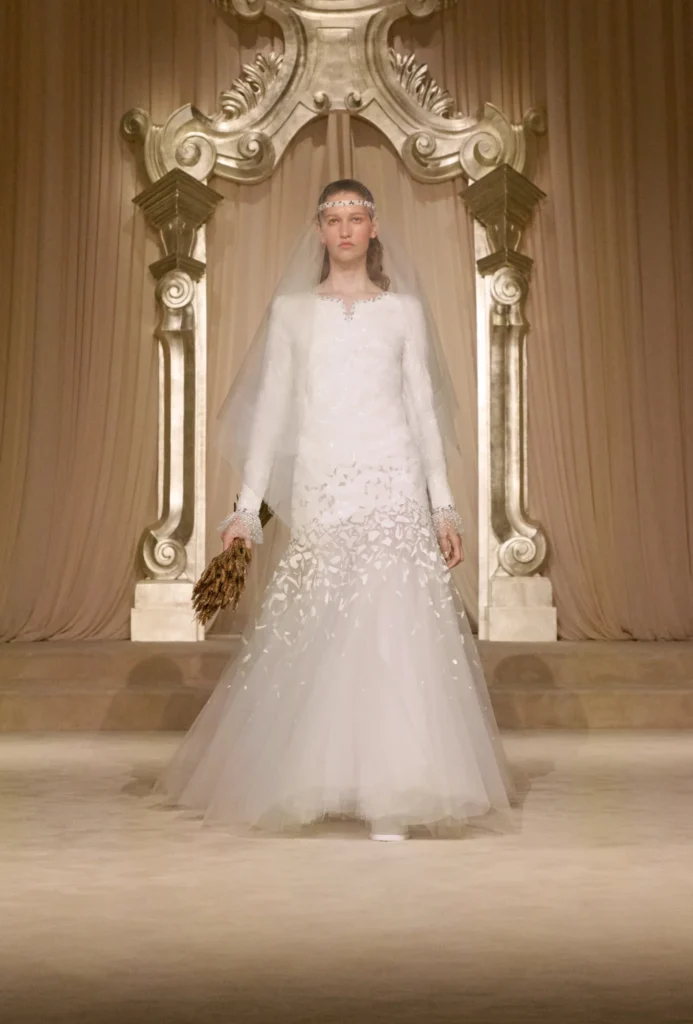
What stood out about this collection is that it felt less about chasing trends and more about refining CHANEL’s vocabulary. Couture audiences often expect spectacle, but here the spectacle was in the details; embroideries, fabric treatments, the way light hit the threads in a tweed weave. The decision to focus on nuance rather than excess was refreshing.
While this wasn’t Chanel’s most daring season, Fall-Winter 2025/26 reads as an important bridge. It’s a final statement from the in-house team, one that values heritage, materials, and detail over theatricality. That may not generate endless social media chatter, but for clients and couture insiders, it’s exactly what matters.
The show signaled what we might expect in the next chapter of CHANEL. With Blazy coming in, there will no doubt be shifts, but this collection proves that the house is not afraid to edit itself down. Couture at CHANEL is about clarity as much as fantasy, and this collection reaffirmed that.
We’ve pulled a few favorite pieces from the collection. These are the looks and accessories that feel both timeless and relevant now, the ones we’d bookmark if we were curating a shopping edit from the couture world. Discover the full collection at Chanel.com
All photos courtesy of Chanel
